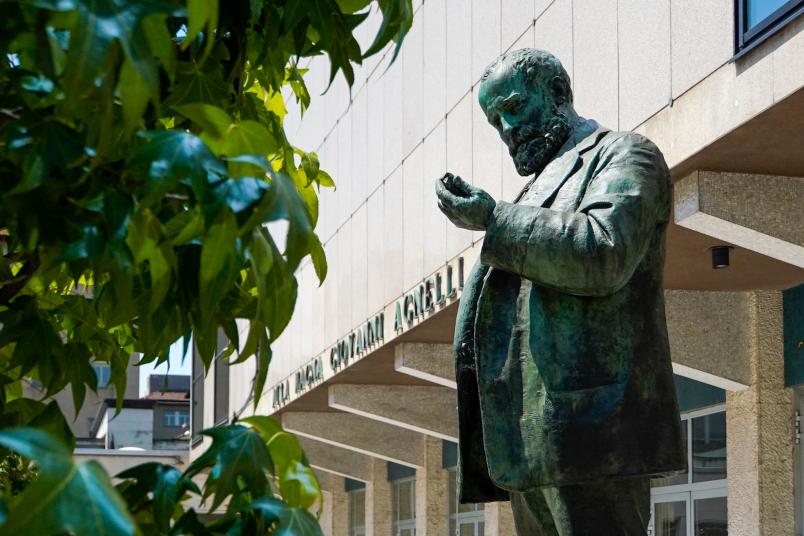
The Regio Politecnico di Torino (Royal Turin Polytechnic) was founded as institution in 1906, but its origins go back further. It was preceded by the Scuola di Applicazione per gli Ingegneri (Technical School for Engineers) founded in 1859 after the Casati Act, and by the Museo Industriale Italiano (Italian Industry Museum) founded in 1862 under the aegis of the Italian Ministry of Agriculture, Trade and Industry. The first one, born in the University context, showed the way of research and higher education to technical studies. The second one addressed more directly to the situation of a country that was about to begin a new industrial era. Famous scholars and researchers, authorities in different subjects with characters to match, gave a decree to new subjects such as Electrotechnics and Building Science. They were the first to have a vision of founding a school which dealt with the needs of people and society.
In 1859 Valentino Castle (Castello del Valentino) was given to the Technical School for Engineers, nowadays Politecnico di Torino, which owns the Castle. Following the model of the most famous European Polytechnic Schools, at the beginning of the 20th Century the Regio Politecnico di Torino moved in different directions. It began to contact both the European scientific world and the local and national industries. Aeronautics was born and in the new laboratories, from Chemistry to Architecture, young people, who came to Turin from all over Italy, were building their professional future in a lively and creative atmosphere.
In November 1958 the big complex in Corso Duca degli Abruzzi was opened and it expanded thanks to the enlargement of the Cittadella Politecnica, a campus where classrooms, laboratories, education, research, and services to the town coexist.
The Politecnico di Torino, which in 2019 celebrated its 160th academic year from its foundation, has become over the years an international school, where traditions and future, past and modernity are all interlinked.